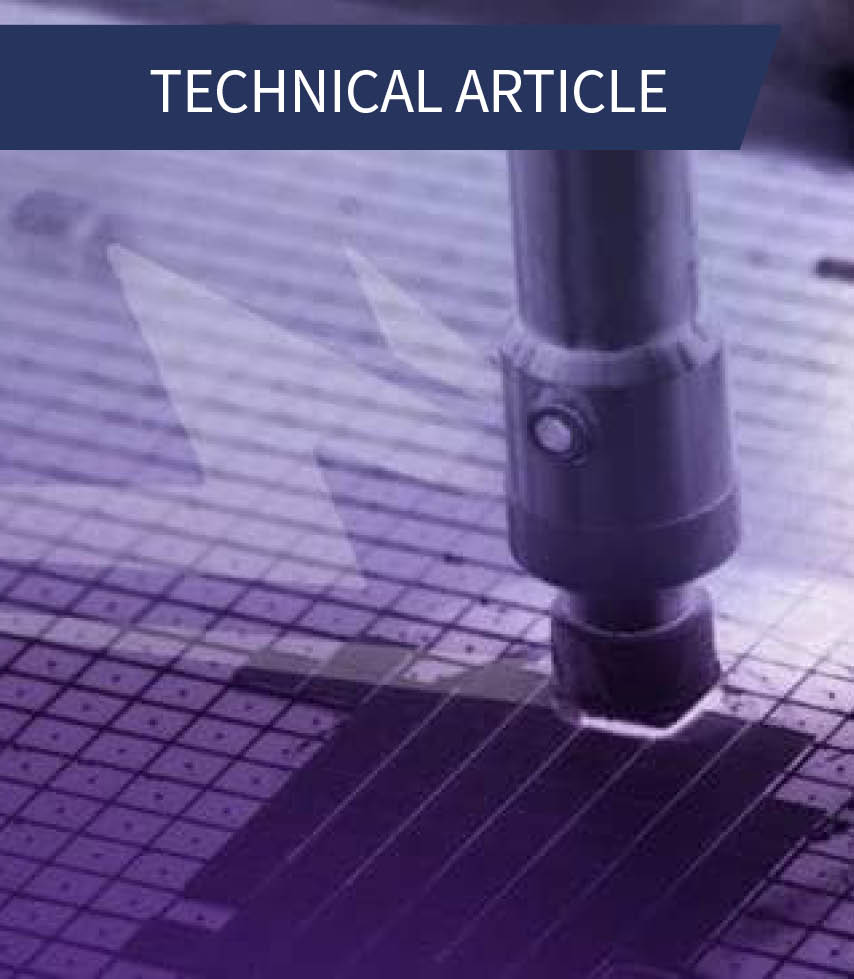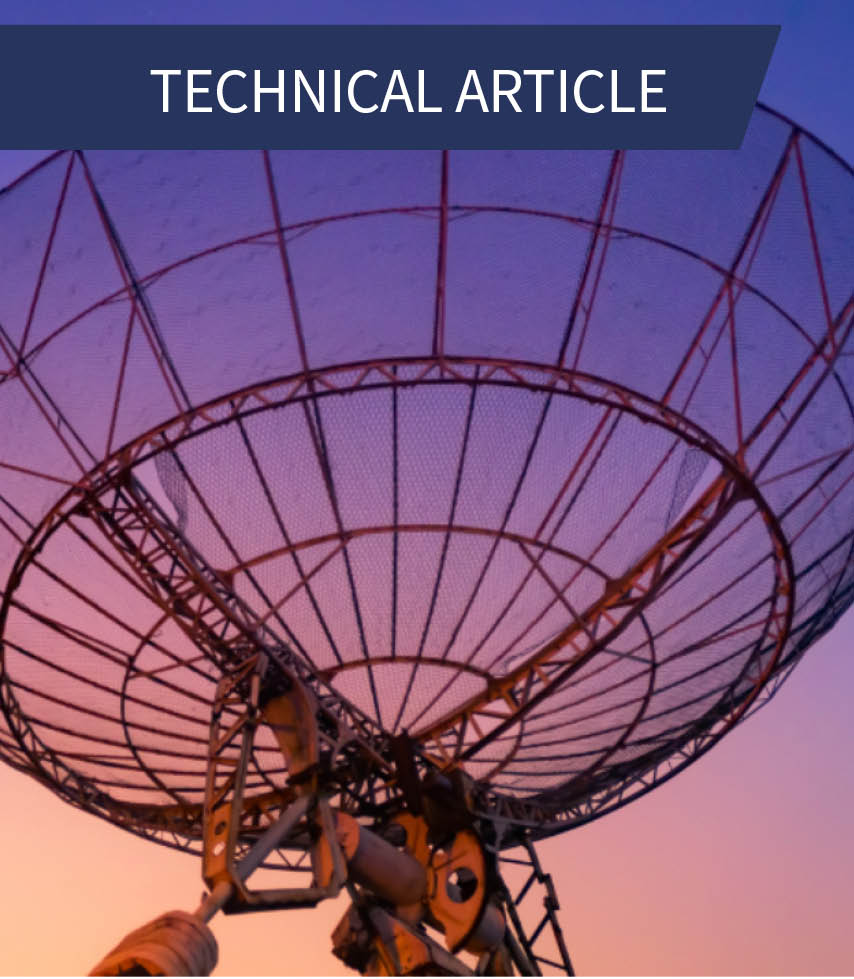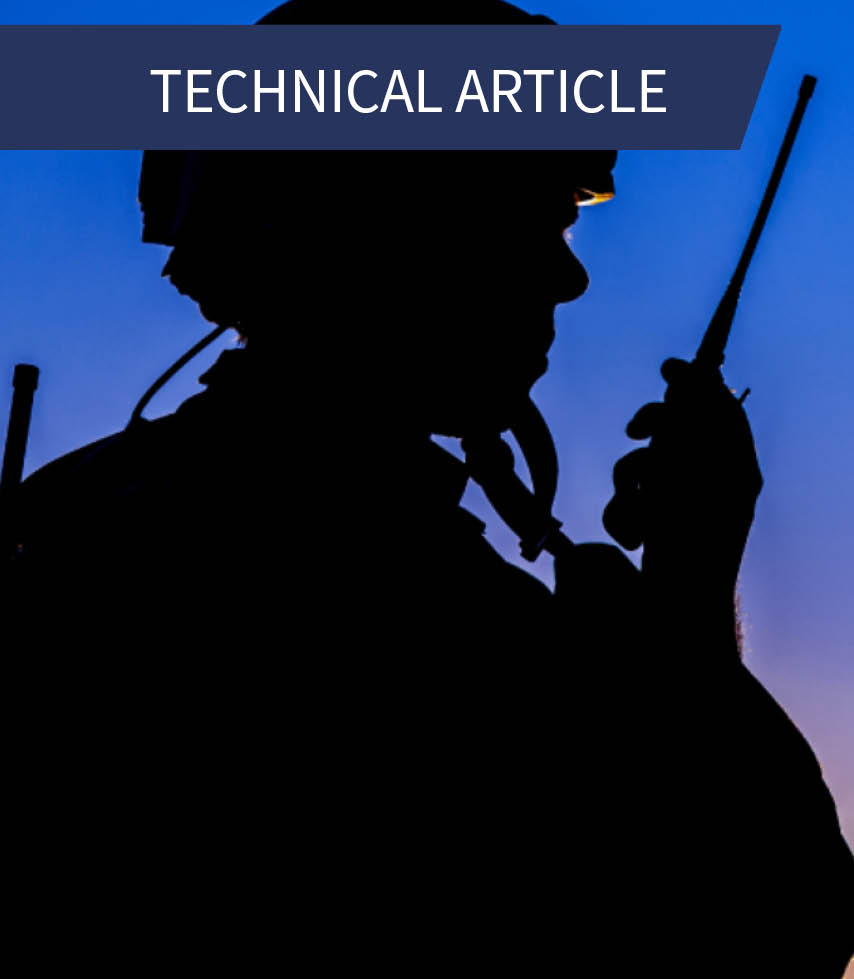RF power amplification (PA) is the key to achieving wireless application requirements, such as in ubiquitous communication technologies and radar. To understand the interplay of tradeoffs with requirements, including efficiency and power consumption, range, and linearity, the first in this series of articles on RF PA essentials dealt with basic waveform shapes and the formulae for calculating power supplied, RF output power, and efficiency. That article assumed idealities in waveform shapes — no over- or undershoots — and an ideal transistor.
We continue with these assumptions in this, the second part, as we look at the amplification mechanism, how amplifiers can be classified by circuits needed to generate various waveform shapes, and how the output waveform affects efficiency.
Related Content

RF Power Amplification 101: Handling Non-Idealities
The third and final part in this series takes real-world waveforms and transistor behavior into account as it revisits gate biasing and efficiency.

Primer on BLOS Troposcatter Communications
The following provides insights into the challenges and requirements of tactical troposcatter communications and further discusses COTS hardware solutions.

Modern Tactical Radio Needs GaN
Military modernization continues relentlessly. An increase in military spending is driving procurement of advanced wireless communications systems across land, air, and maritime platforms.

